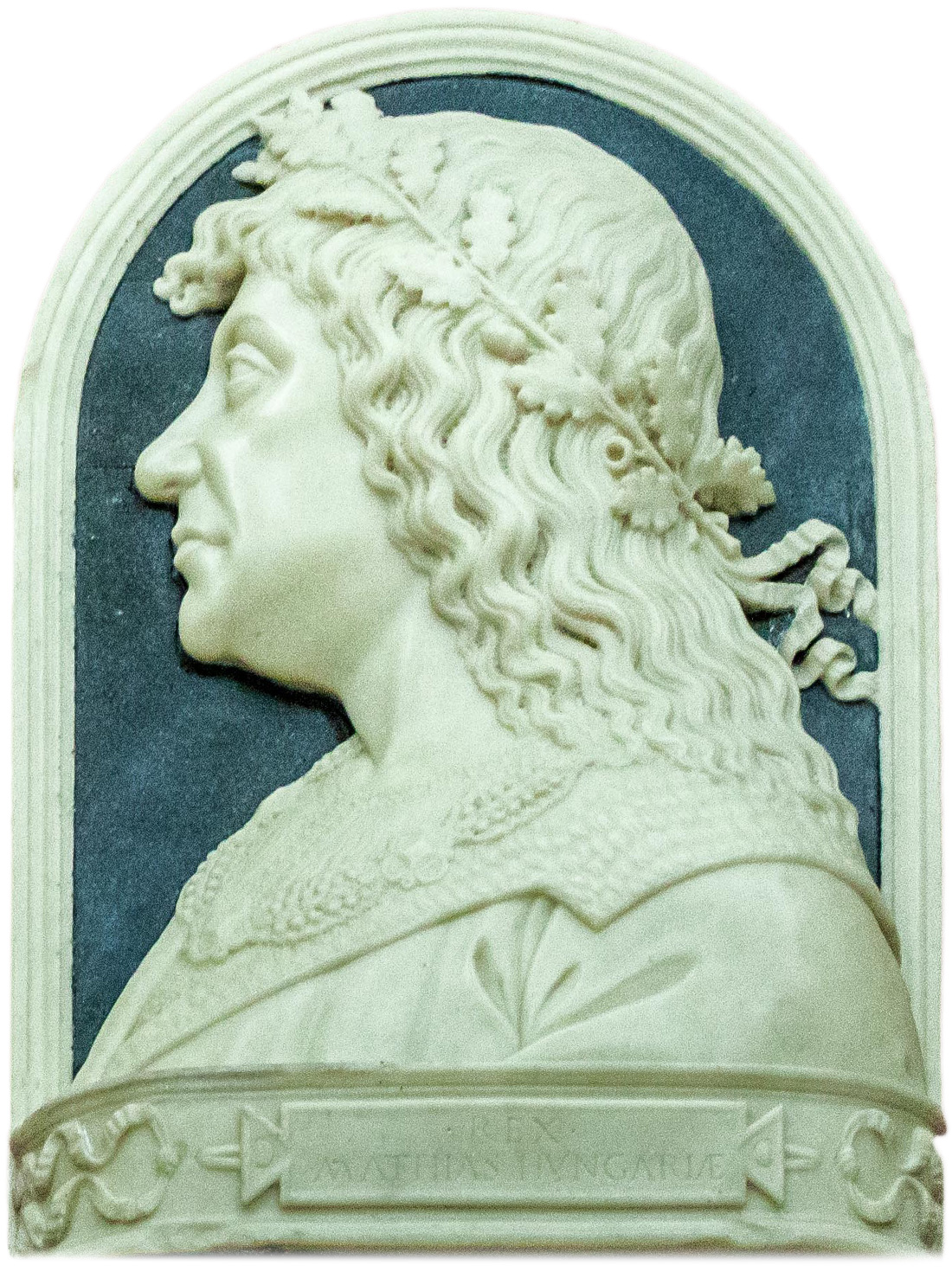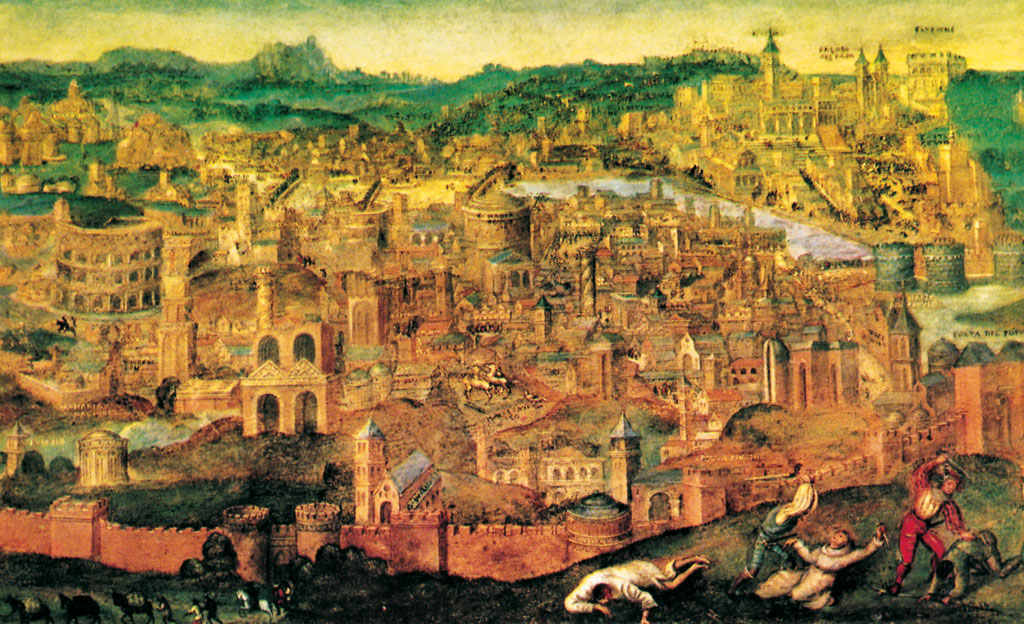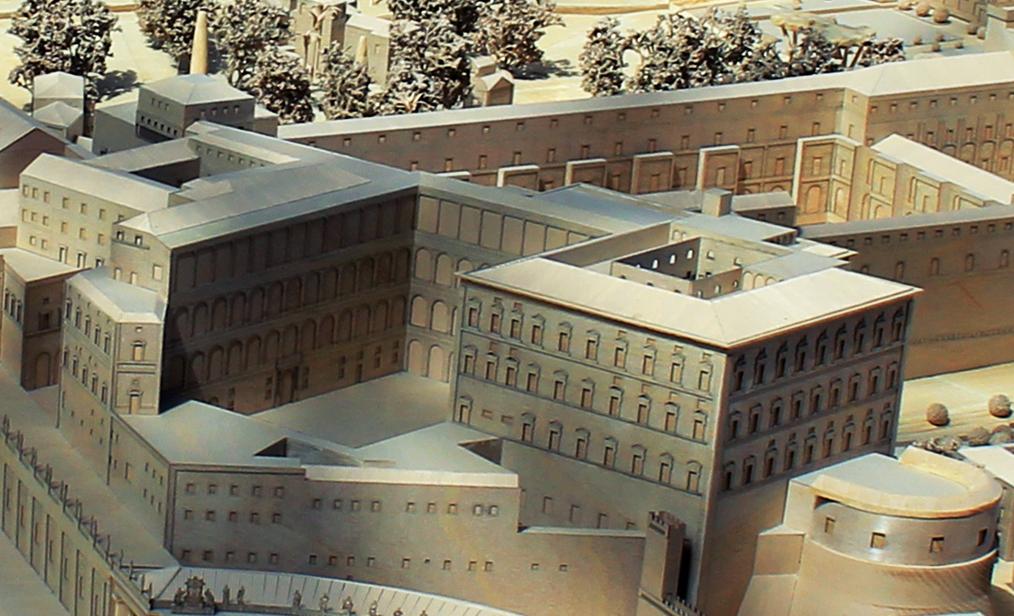|
Maturino Da Firenze
Maturino da Firenze (1490–1528) was an Italian painter, born in Florence, but working in Rome during the Renaissance. Vasari described the relationship between Polidoro da Caravaggio Polidoro Caldara, usually known as Polidoro da Caravaggio ( – 1543), was an Italians, Italian painter of the Mannerist period, "arguably the most gifted and certainly the least conventional of Raphael's pupils", who was best known for his now- ... and Maturino as exceedingly close: Vasari did not distinguish between the two painters in the joint works of Polidoro and Maturino. Dr. Evelina Borea, in her recent study on Polidoro, considers the contribution of the Florentine painter, Maturino, to be minimal. Most sources say he died ca.1528, but some say he was killed in the Sack of Rome the previous year.Lucy Whitaker, Martin Clayton, The Art of Italy in the Royal Collection; Renaissance and Baroque, p. 62, Royal Collection Publications, 2007, Notes External linksGiorgio Vasari, ''V ... [...More Info...] [...Related Items...] OR: [Wikipedia] [Google] [Baidu] |
Raphael Sanzio
Raffaello Sanzio da Urbino (; March 28 or April 6, 1483April 6, 1520), now generally known in English as Raphael ( , ), was an Italian painter and architect of the High Renaissance. His work is admired for its clarity of form, ease of composition, and visual achievement of the Neoplatonic ideal of human grandeur. Together with Leonardo da Vinci and Michelangelo, he forms the traditional trinity of great masters of that period. His father Giovanni Santi was court painter to the ruler of the small but highly cultured city of Urbino. He died when Raphael was eleven, and Raphael seems to have played a role in managing the family workshop from this point. He probably trained in the workshop of Pietro Perugino, and was described as a fully trained "master" by 1500. He worked in or for several cities in north Italy until in 1508 he moved to Rome at the invitation of Pope Julius II, to work on the Apostolic Palace at the Vatican. He was given a series of important commissions there ... [...More Info...] [...Related Items...] OR: [Wikipedia] [Google] [Baidu] |
Italian Male Painters
Italian(s) may refer to: * Anything of, from, or related to the people of Italy over the centuries ** Italians, a Romance ethnic group related to or simply a citizen of the Italian Republic or Italian Kingdom ** Italian language, a Romance language *** Regional Italian, regional variants of the Italian language ** Languages of Italy, languages and dialects spoken in Italy ** Italian culture, cultural features of Italy ** Italian cuisine, traditional foods ** Folklore of Italy, the folklore and urban legends of Italy ** Mythology of Italy, traditional religion and beliefs Other uses * Italian dressing, a vinaigrette-type salad dressing or marination * Italian or Italian-A, alternative names for the Ping-Pong virus, an extinct computer virus * ''Italien'' (magazine), pro-Fascist magazine in Germany between 1927 and 1944 See also * * * Italia (other) * Italic (other) * Italo (other) * The Italian (other) The Italian may refer to: * ''The Ital ... [...More Info...] [...Related Items...] OR: [Wikipedia] [Google] [Baidu] |
16th-century Italian Painters
The 16th century began with the Julian calendar, Julian year 1501 (represented by the Roman numerals MDI) and ended with either the Julian or the Gregorian calendar, Gregorian year 1600 (MDC), depending on the reckoning used (the Gregorian calendar introduced a lapse of 10 days in October 1582). The Renaissance in Italy and Europe saw the emergence of important artists, authors and scientists, and led to the foundation of important subjects which include accounting and political science. Copernicus proposed the Copernican heliocentrism, heliocentric universe, which was met with strong resistance, and Tycho Brahe refuted the theory of celestial spheres through observational measurement of the SN 1572, 1572 appearance of a Milky Way supernova. These events directly challenged the long-held notion of an immutable universe supported by Ptolemy and Aristotle, and led to major revolutions in astronomy and science. Galileo Galilei became a champion of the new sciences, invented the first ... [...More Info...] [...Related Items...] OR: [Wikipedia] [Google] [Baidu] |
1528 Deaths
__NOTOC__ Year 1528 (Roman numerals, MDXXVIII) was a leap year starting on Wednesday of the Julian calendar, there is also a Leap year starting on Sunday of the Gregorian calendar. Events January–March * January 12 – Gustav I of Sweden is crowned king of Sweden, having already reigned since his election in June 1523. * January 26 – The Canton of Bern becomes the second in Switzerland Reformation in Switzerland, to officially adopt Protestantism after 21-day debate, the Bern Disputation * February 29 – John Zápolya, ruler of the remaining eastern portion of Hungary after its the acquisition of the western section by the Habsburg Austrians, joins in an alliance with the Sultan Suleiman the Magnificent of the Ottoman Turks, receiving protection and autonomy in return for allowing Turkish occupation of his Eastern Hungarian Kingdom. * February ** Peasant uprising in Dalarna, Sweden: The rebel campaign fails, and the rebel leader, later known as ''Nils ... [...More Info...] [...Related Items...] OR: [Wikipedia] [Google] [Baidu] |
1490 Births
Year 1490 ( MCDXC) was a common year starting on Friday of the Julian calendar. Events January–December * January 4 – Anne of Brittany announces that all those who ally themselves with the king of France will be considered guilty of the crime of Lèse-majesté. * March 13 – Charles II becomes Duke of Savoy at age 1; his mother Blanche of Montferrato is regent. * March or April – 1490 Qingyang event, a presumed meteor shower or air burst over Qingyang in Ming dynasty China, said to have caused casualties. * July 4 – Battle of Bonefield: John Corvinus is defeated by the Kingdom of Hungary. * July 13 – John of Kastav finishes a cycle of frescoes in the Holy Trinity Church, Hrastovlje (modern-day southwestern Slovenia). * July 22 – Ashikaga Yoshitane becomes 10th Muromachi shōgun of Japan. * November 20 – The first edition of the chivalric romance '' Tirant lo Blanch'', by Joanot Martorell, is printed in Valencia. ... [...More Info...] [...Related Items...] OR: [Wikipedia] [Google] [Baidu] |
Sack Of Rome (1527)
The Sack of Rome, then part of the Papal States, followed the capture of Rome on 6 May 1527 by the mutiny, mutinous troops of Charles V, Holy Roman Emperor, during the War of the League of Cognac. Charles V only intended to threaten military action to make Pope Clement VII come to his terms. However, most of the Imperial Army (Holy Roman Empire), Imperial army (14,000 Germans, including Lutherans, 6,000 Spaniards and some Italians, Italians) were largely unpaid. Despite being ordered not to storm Rome, they broke into the scarcely defended city and began looting, killing, and holding citizens for ransom without any restraint. Clement VII took refuge in Castel Sant'Angelo after the Swiss Guard were annihilated in a delaying rear guard action; he remained there until a ransom was paid to the pillagers. Benvenuto Cellini, eyewitness to the events, described the sack in his works. It was not until February 1528 that the spread of a plague and the approach of the League forces unde ... [...More Info...] [...Related Items...] OR: [Wikipedia] [Google] [Baidu] |
Evelina Borea
Evelina Borea (born 1931, Ferrara, Italy) is an Italian art historian, author and curator. Biography Evelina Borea obtained a degree in History of Art in 1958 at the University of Florence. Her tutor and mentor was art historian Roberto Longhi. In 1976 Borea edited a publication of Gian Pietro Bellori's ''Lives'', with a preface by Giovanni Previtali for Einaudi. Borea curated major exhibitions, notably ''Caravaggio e Caravaggeschi nelle Gallerie di Firenze'' (1970) and ''L'idea del bello'' in spring 2000. She is the author of studies on Domenichino (1965), Rosso Fiorentino (1965), Francesco Mochi (1966), Caravaggio and the Caravaggeschi (1966), and Annibale Carracci Annibale Carracci ( , , ; November 3, 1560 – July 15, 1609) was an Italian painter and instructor, active in Bologna and later in Rome. Along with his brother Agostino Carracci, Agostino and cousin Ludovico Carracci, Ludovico (with whom the Ca ... (1986). Bibliography References Italian art hi ... [...More Info...] [...Related Items...] OR: [Wikipedia] [Google] [Baidu] |
Vatican Palace
The Apostolic Palace is the official residence of the Pope, the head of the Catholic Church, located in Vatican City. It is also known as the Papal Palace, the Palace of the Vatican and the Vatican Palace. The Vatican itself refers to the building as the Palace of Sixtus V, in honor of Pope Sixtus V, who built most of the present form of the palace. The building contains the papal apartments, various offices of the Catholic Church and the Holy See, private and public chapels, the Vatican Museums, and the Vatican Library, including the Sistine Chapel, Raphael Rooms, and the Borgia Apartments. The modern tourist can see these last and other parts of the palace, but other parts, such as the Sala Regia (Regal Room) and Cappella Paolina, had long been closed to tourists, though the Sala Regia allowed occasional tourism by 2019. The Scala Regia (Regal Staircase) can be viewed from one end and used to enter the Sala Regia. The Cappella Paolina remains closed to tourists. Histor ... [...More Info...] [...Related Items...] OR: [Wikipedia] [Google] [Baidu] |
Maturino2
Maturino da Firenze (1490–1528) was an Italian painter, born in Florence, but working in Rome during the Renaissance. Vasari described the relationship between Polidoro da Caravaggio and Maturino as exceedingly close: Vasari did not distinguish between the two painters in the joint works of Polidoro and Maturino. Dr. Evelina Borea Evelina Borea (born 1931, Ferrara, Italy) is an Italian art historian, author and curator. Biography Evelina Borea obtained a degree in History of Art in 1958 at the University of Florence. Her tutor and mentor was art historian Roberto Longhi. ..., in her recent study on Polidoro, considers the contribution of the Florentine painter, Maturino, to be minimal. Most sources say he died ca.1528, but some say he was killed in the Sack of Rome the previous year.Lucy Whitaker, Martin Clayton, The Art of Italy in the Royal Collection; Renaissance and Baroque, p. 62, Royal Collection Publications, 2007, Notes External linksGiorgio Vasari, ''Vi ... [...More Info...] [...Related Items...] OR: [Wikipedia] [Google] [Baidu] |
Raphael Rooms
The four Raphael Rooms () form a suite of reception rooms in the Apostolic Palace, now part of the Vatican Museums, in Vatican City. They are famous for their frescoes, painted by Raphael and his workshop. Together with Michelangelo's Sistine Chapel ceiling frescoes, they are the grand fresco sequences that mark the High Renaissance in Rome. The ''Stanze'', as they are commonly called, were originally intended as a suite of apartments for Pope Julius II. He commissioned Raphael, then a relatively young artist from Urbino, and his studio in 1508 or 1509 to redecorate the existing interiors of the rooms entirely. It was possibly Julius' intent to outshine the apartments of his predecessor (and rival) Pope Alexander VI, as the ''Stanze'' are directly above Alexander's Borgia Apartment. They are on the second floor, overlooking the south side of the Belvedere Courtyard. Running from east to west, as a visitor would have entered the apartment, but not following the sequence in which ... [...More Info...] [...Related Items...] OR: [Wikipedia] [Google] [Baidu] |








